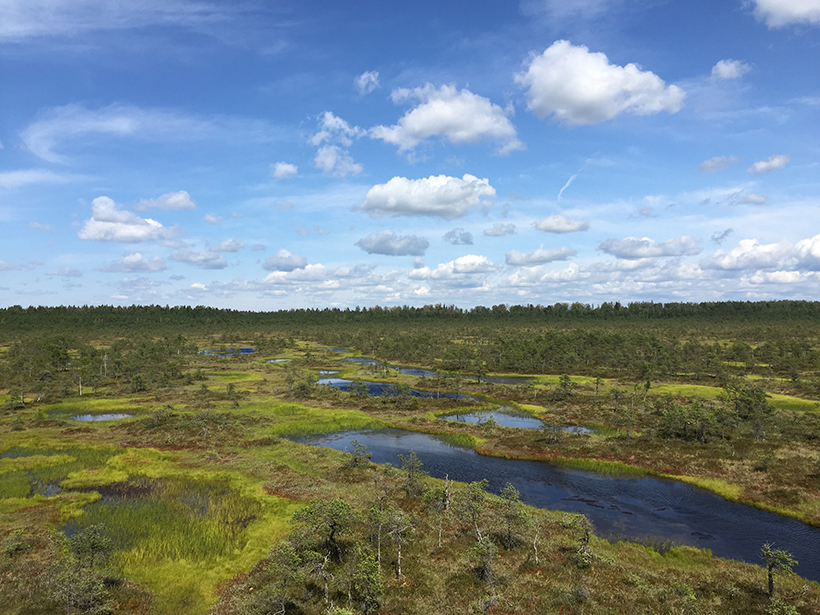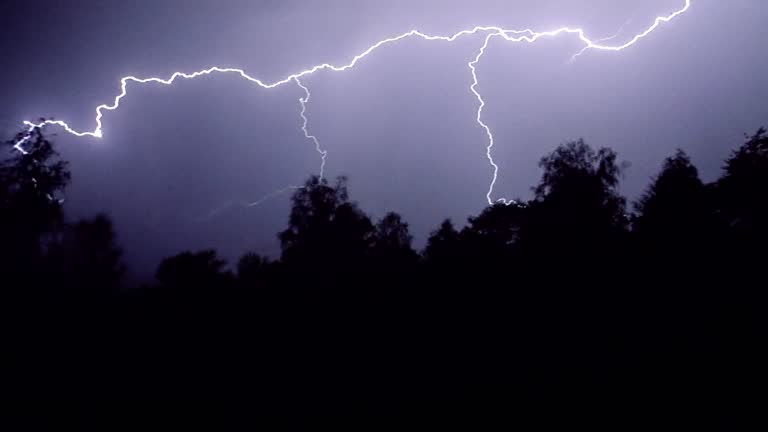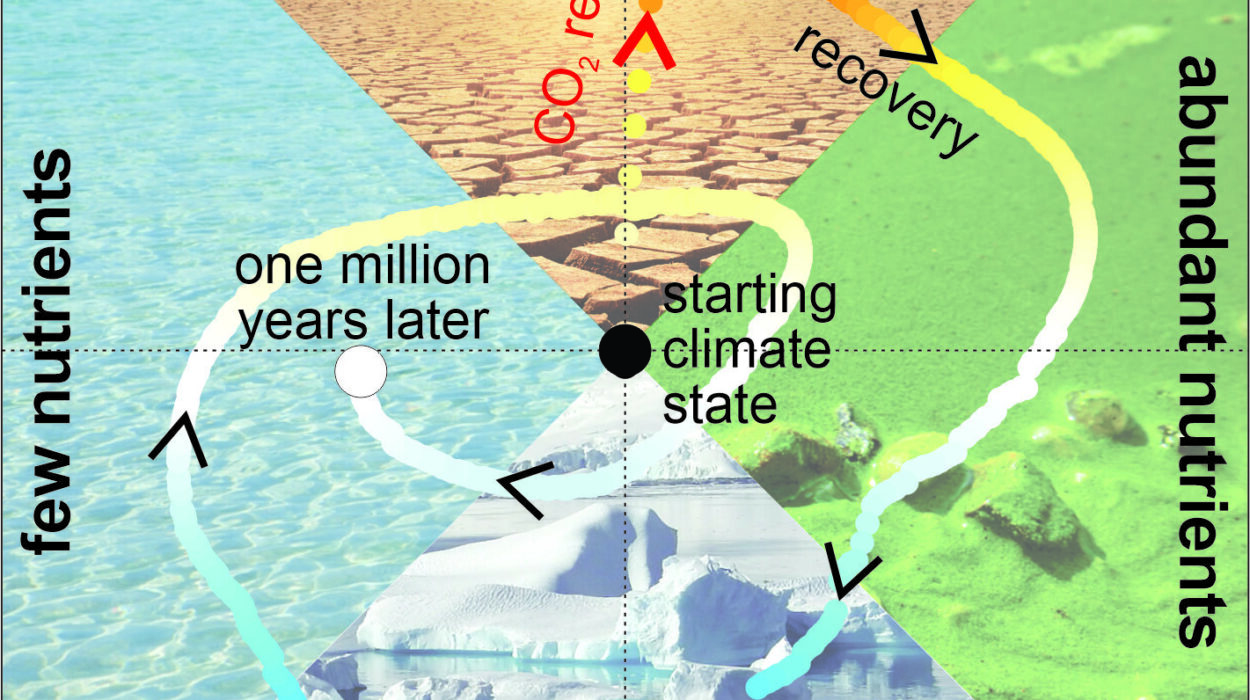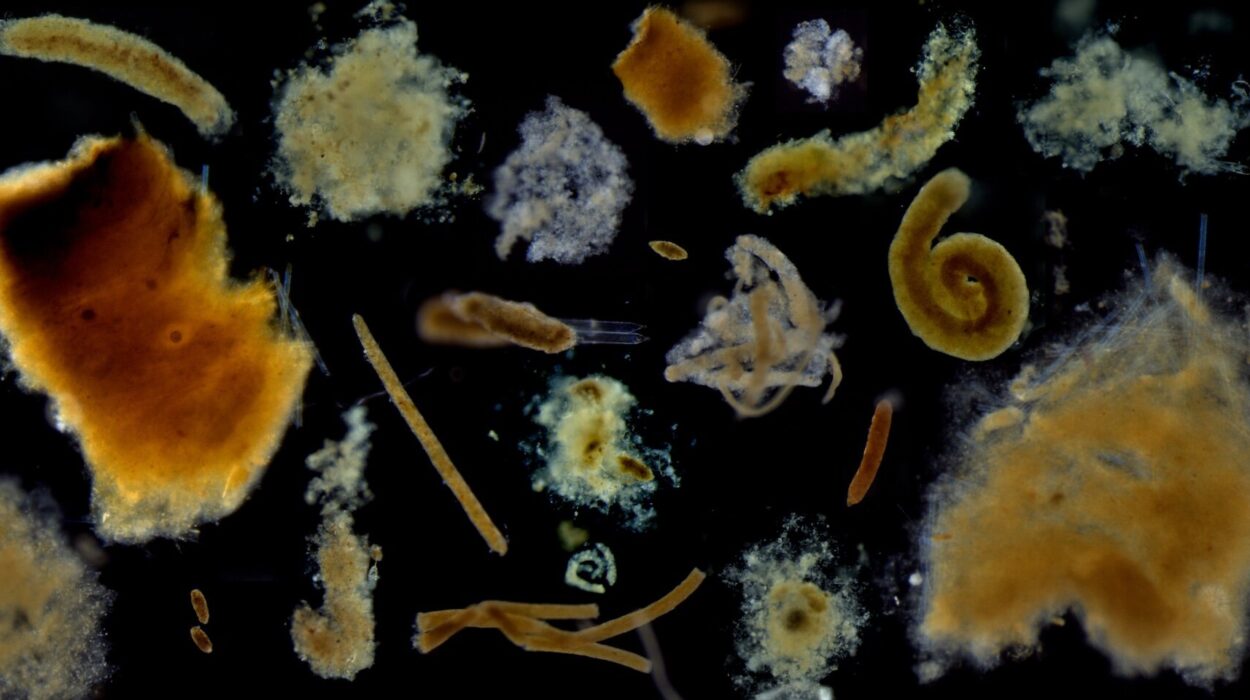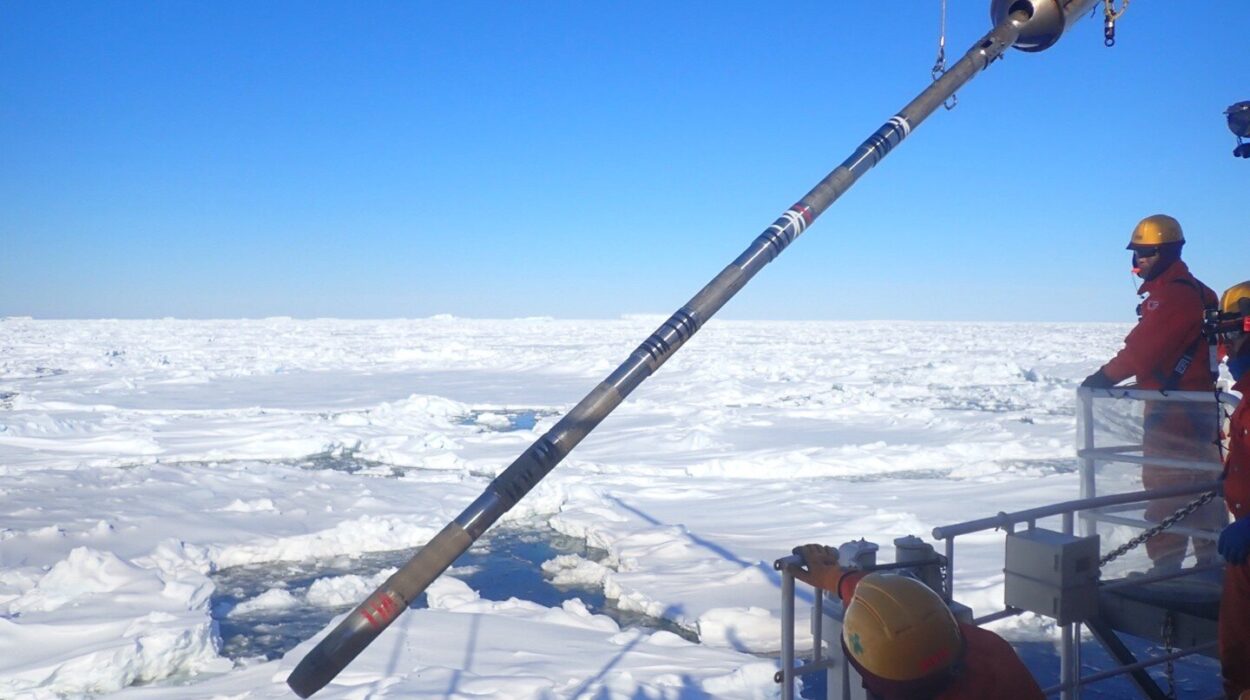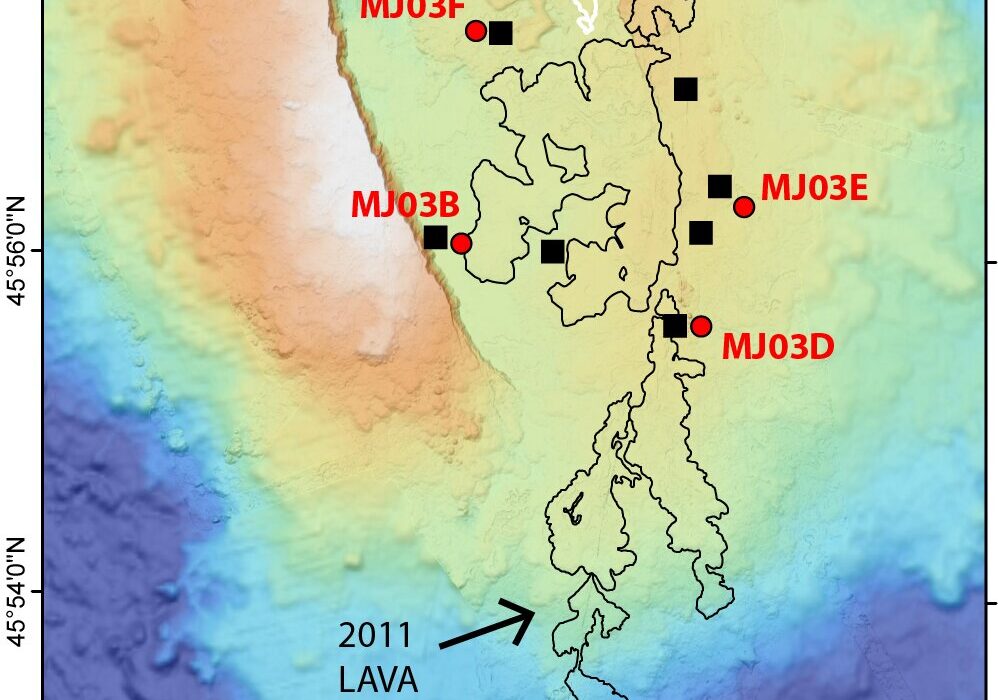Peatlands do not look like climate engines. They are quiet places — soggy moss beds, slow-dripping swamps, spruce bogs that hide more water than they reveal. They cover only about three percent of Earth’s land surface, but inside those dark, air-starved soils lies more than thirty percent of the planet’s soil carbon. That is a larger vault than all the world’s forests combined. For thousands of years, these perpetually wet landscapes have been hoarding the remains of plants that never quite finished decomposing. They are the biological equivalent of a savings account built over millennia.
A new study published in Science warns that a single extreme drought in a warmer, CO₂-rich future could shatter that bank open — not slowly, but explosively. Researchers found that when heat, high CO₂ and drought coincide, peatlands can release three to four times more carbon than they do today. In practical terms, a few months of such a drought could erase between ninety and two hundred fifty years of carbon storage.
What took centuries to build could be undone in a single season.
Drought in a Future Climate Does Not Behave Like Drought Now
Scientists already knew that drought harms peatlands by lowering the water table, allowing oxygen to infiltrate and jump-start decomposition. But this study asked a sharper question: what happens when that drought arrives not in today’s climate, but in the climate we are heading into — warmer air, higher CO₂, more stress layered on top of stress? The answer was worse than expected.
The Intergovernmental Panel on Climate Change projects that extreme droughts will become up to seven times more likely in coming decades. Those droughts will not hit the climate of 1990 but the climate of the 2040s and beyond — a climate already primed to release carbon. That combination is what makes peatlands vulnerable in a new and more dangerous way.
A Global Change Experiment Inside a Boreal Bog
The experiment unfolded at the SPRUCE site (Spruce and Peatland Responses Under Climatic and Environmental Change) in northern Minnesota, where giant transparent chambers the width of a house allow scientists to heat slices of living peatland and enrich their air with CO₂ without removing them from nature. These are not laboratory jars; they are controlled pieces of a real bog, still rooted in the wild hydrology, microbes, and vegetation that govern peatland behavior.
In July and August of 2021, the site experienced an extreme drought. That drought became, unintentionally, a preview of the future. Ten different warming and CO₂ scenarios ran in parallel. Beneath every one of them, researchers watched the natural water table drop, oxygen seep in, and carbon escape.
The higher the temperature and the higher the CO₂, the more carbon surged out.
CO₂ Was Not Supposed to Make Drought Worse — But It Did
Before this study, many ecologists held a reasonable expectation: elevated CO₂ tends to boost plant growth and improve water-use efficiency, sometimes buffering ecosystems from drought. That logic holds in grasslands and upland forests. But peatlands are governed by a different physics — one dominated by saturation, anoxic chemistry, and buried organic substrates stored like fuel under a lid.
When CO₂ rose in the chambers, it stimulated plant productivity and increased the amount of dissolved organic carbon in the peat water. When drought lowered that water and exposed those substrates to oxygen, the system did not dampen — it ignited. More dissolved carbon meant more carbon available to oxidize and escape into the atmosphere. The combination of heat and CO₂ turned what might have been a bad drought into a carbon hemorrhage.
That result overturns the assumption that rising CO₂ will soften the climate blow to wetlands. In peatlands, the opposite may be true.
A Carbon Sink Poised to Flip
A peatland is valuable precisely because it is slow. Slowness is what keeps carbon locked down instead of cycling back into the sky. When drought and warming accelerate decomposition, the landscape stops acting like a vault and starts acting like a chimney. The study’s authors calculate that an extreme drought in a warmed, CO₂-heavy future could erase centuries of sequestration in a burst.
Once carbon escapes, peatlands cannot easily re-store it. The clock does not run backward. Organic matter that oxidizes away is gone. What is lost in months took civilizations’ worth of time to accumulate.
The Scale Is Small, The Stakes Are Not
Peatlands do not dominate maps. They do not dominate headlines. They do, however, dominate the long-term carbon arithmetic of the planet. A rapid release from peat stores would accelerate warming, which would increase drought, which would provoke more release — a feedback spiral with no human vote inside it.
This study is not a curiosity. It is a warning that a relatively tiny fraction of Earth’s land surface controls a lever capable of shifting the global climate trajectory.
The Point of Knowing in Time
Lead researcher Yiqi Luo has spent years integrating SPRUCE data into models that forecast how peatlands will respond as the century advances. The new findings do not tell us that collapse is inevitable. They tell us that it is plausible — and that avoiding it is not optional if we intend to bend the warming curve.
The research is part of a global change experiment involving more than two hundred fifty scientists. That scale reflects the stakes. To understand how the future will behave, we must measure it before it arrives.
The Moral of a Wetland
Peatlands accumulated carbon silently for ten thousand years. They did not ask to become one of civilization’s last defenses against runaway warming. Yet they became exactly that. What this study reveals is that defense is not unconditional. It can be revoked by a hotter, drier, CO₂-heavy world.
The bog does not vote, legislate, or speak. It does something simpler: it keeps or releases. Whether it continues keeping depends on choices made far from moss and spruce — in policy, emissions, and the speed with which we slow the climate shift that is otherwise poised to make the ground itself exhale what it once held back.
More information: Quan Quan et al, Drought-induced peatland carbon loss exacerbated by elevated CO2 and warming, Science (2025). DOI: 10.1126/science.adv7104. www.science.org/doi/10.1126/science.adv7104
